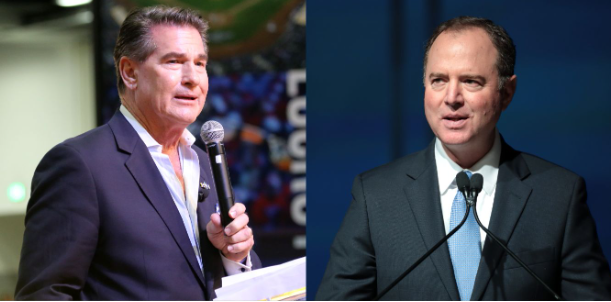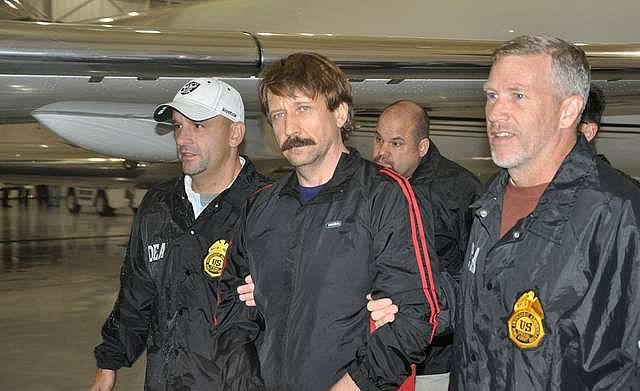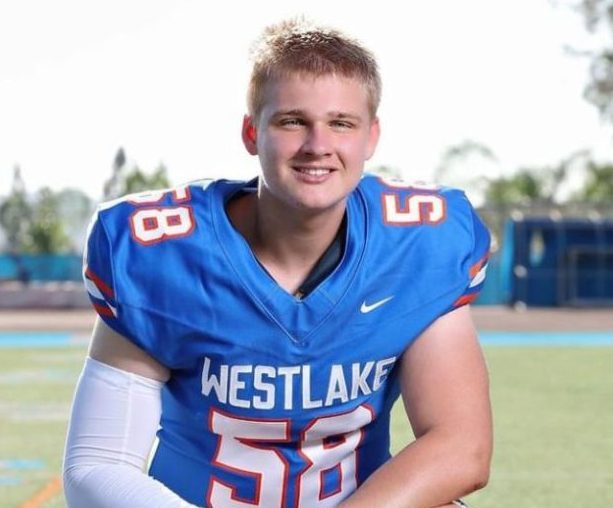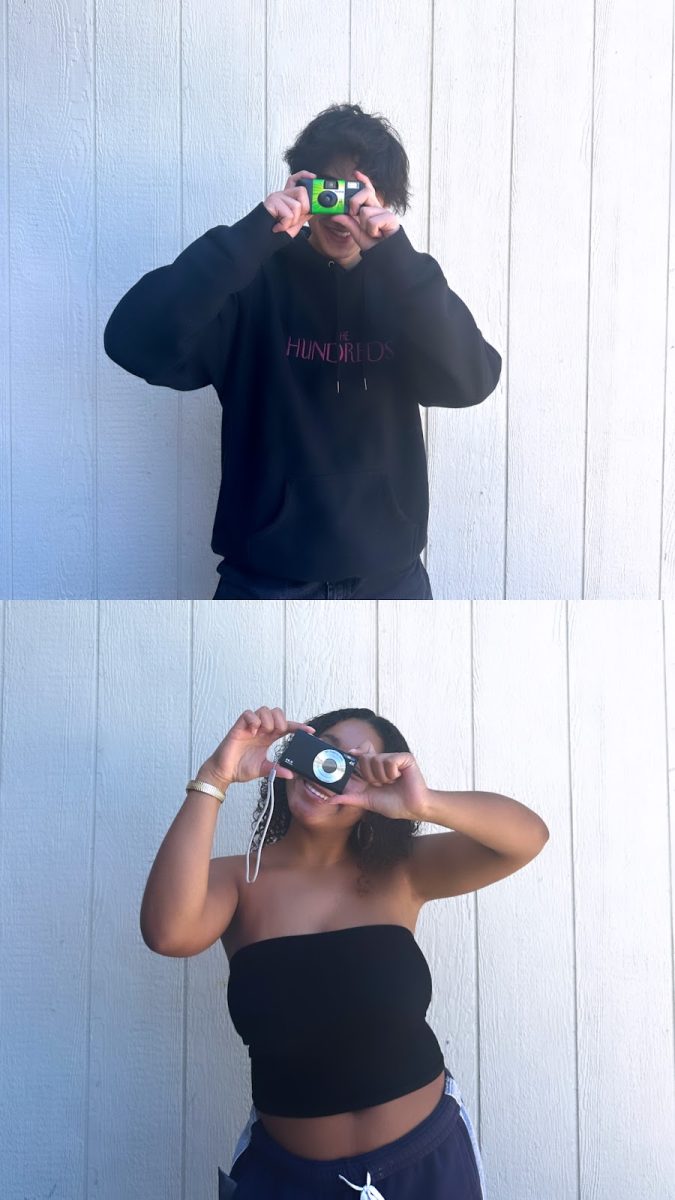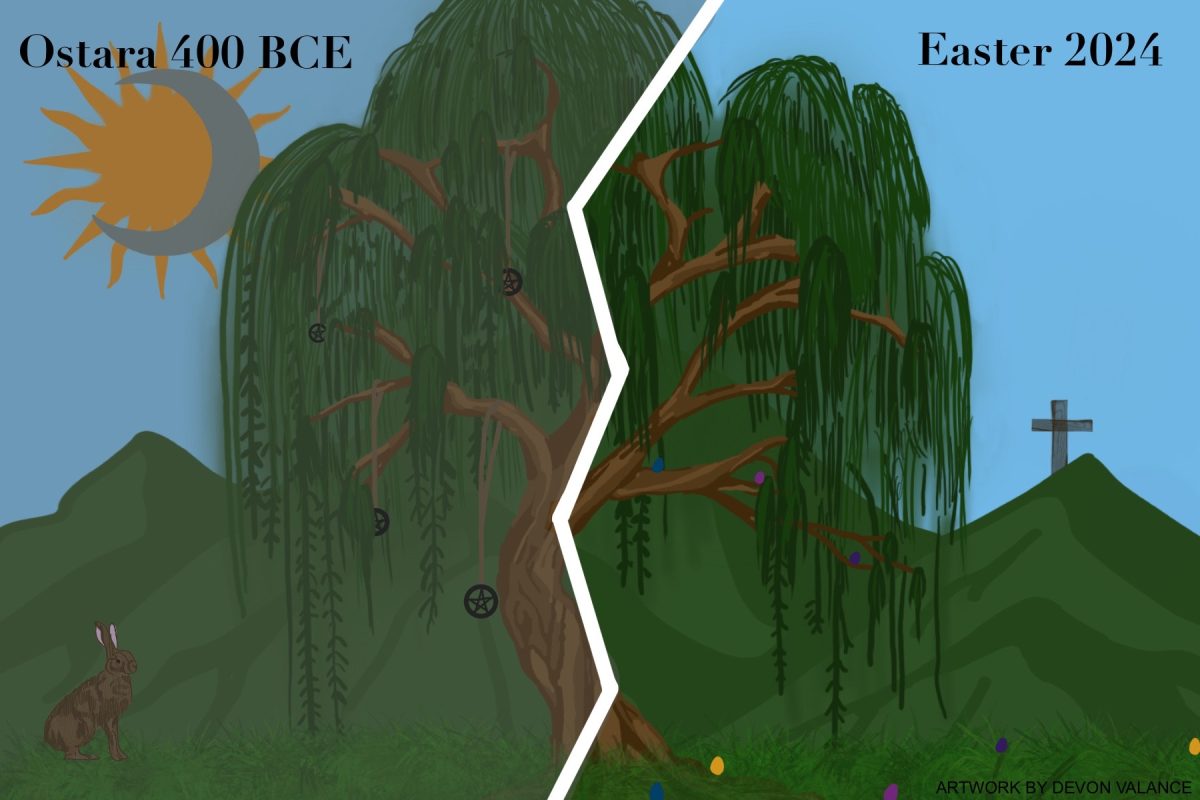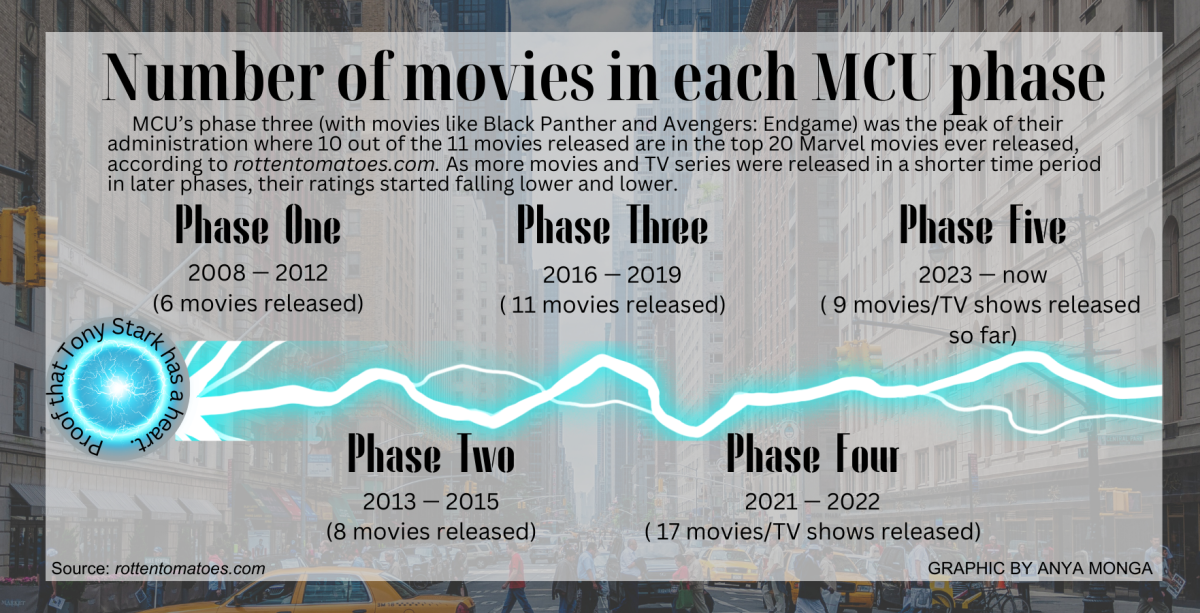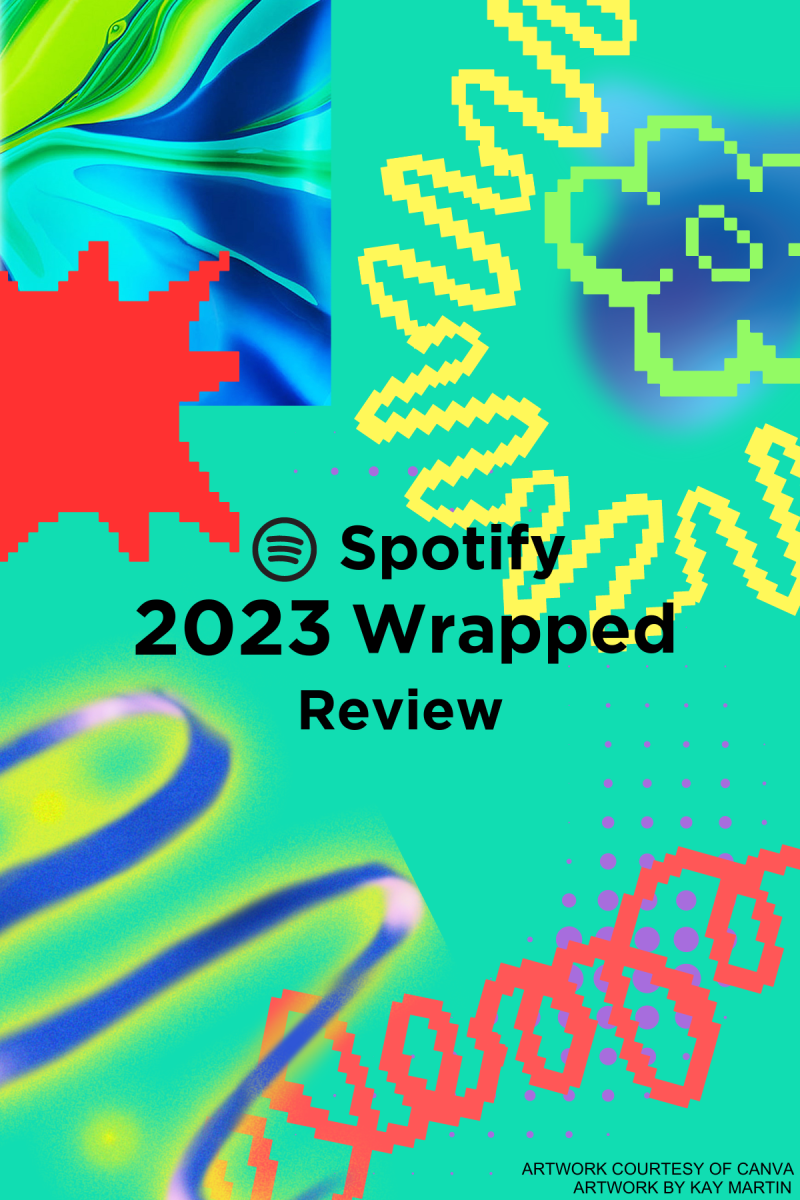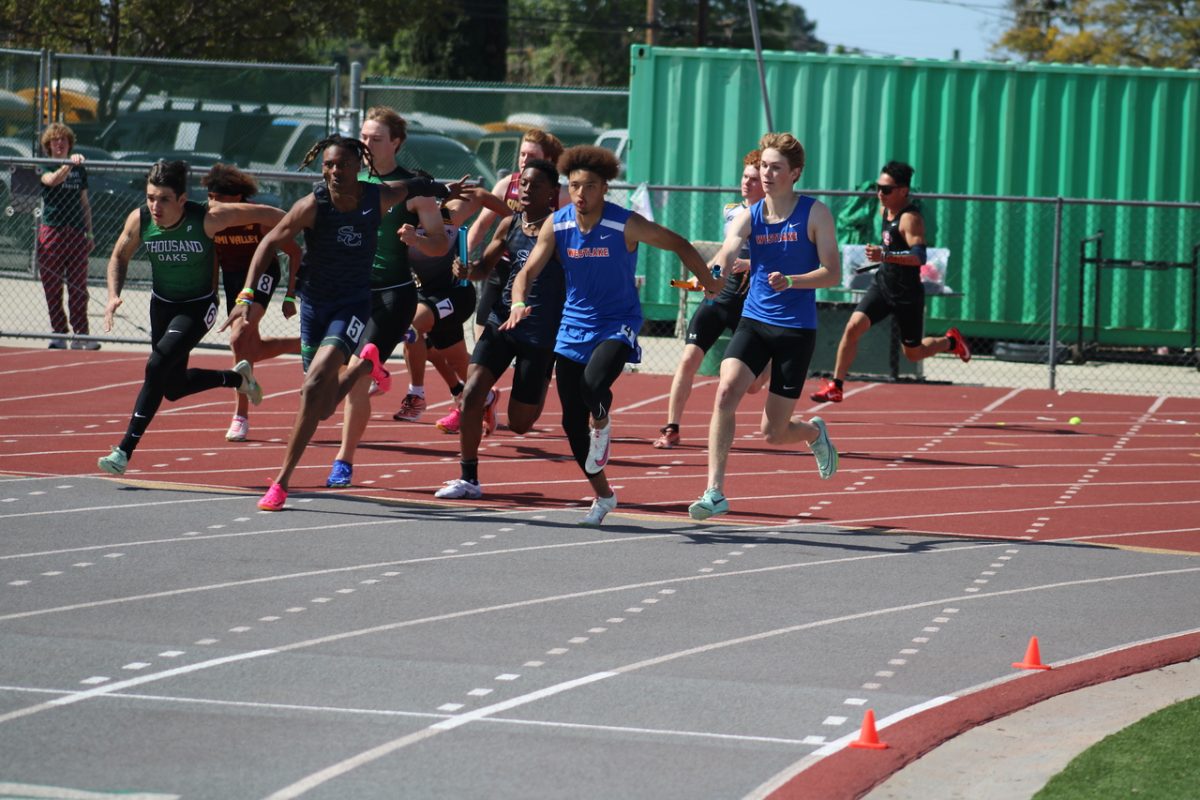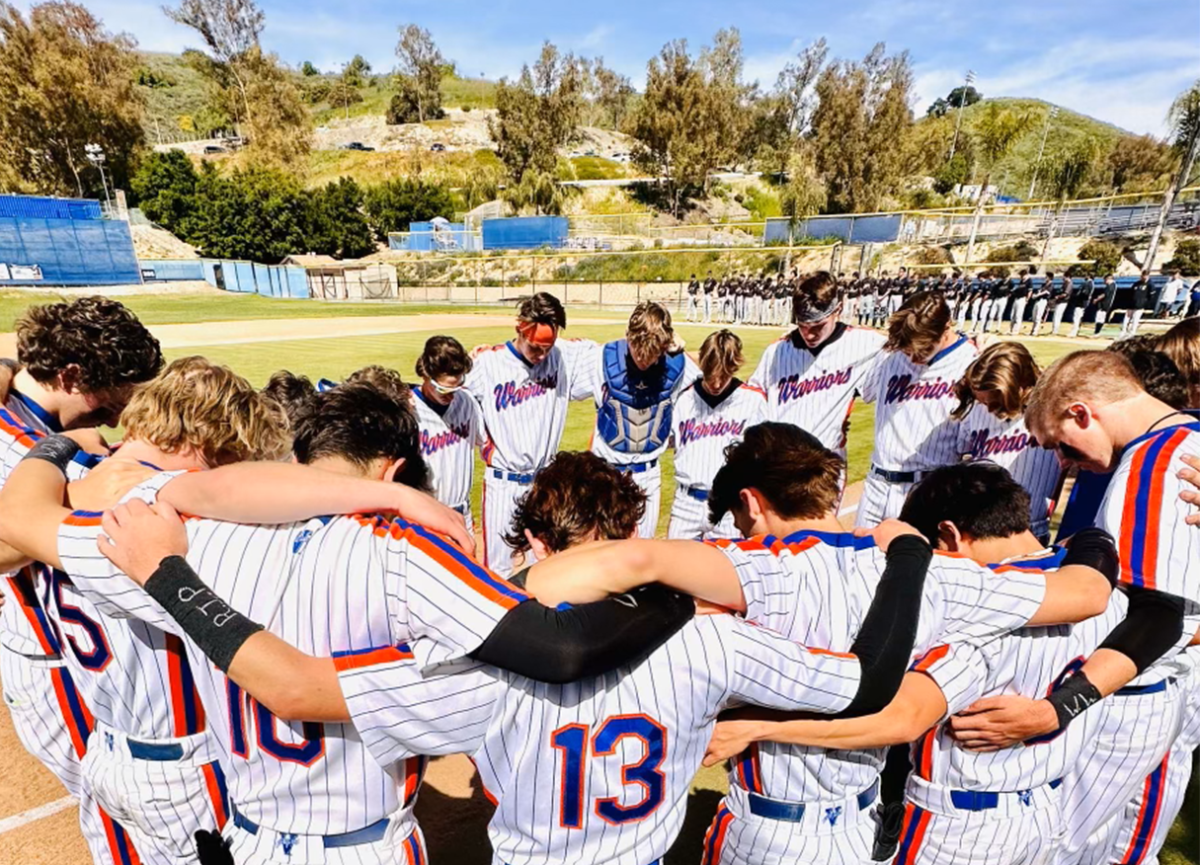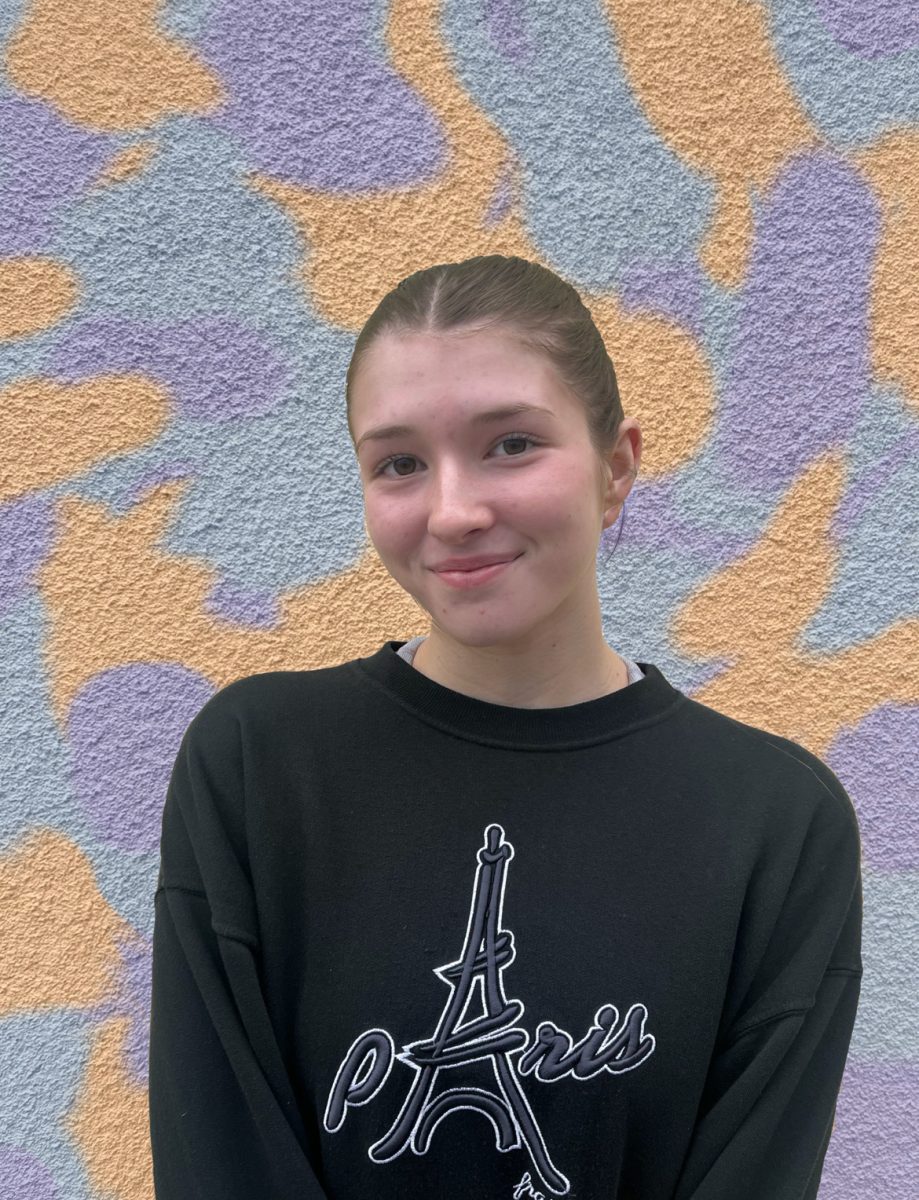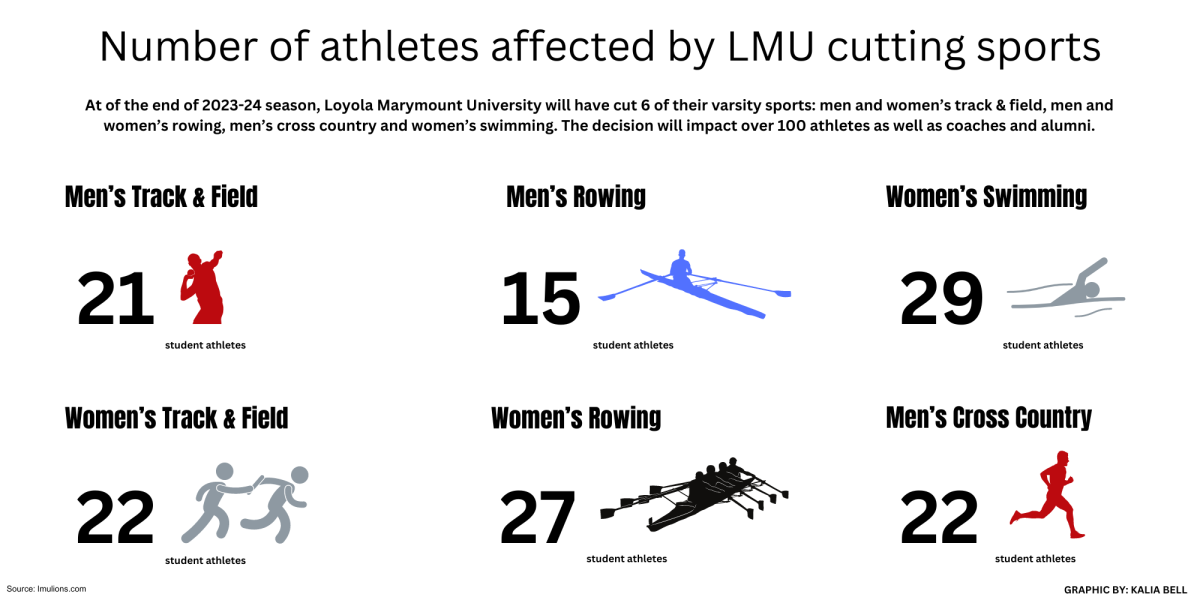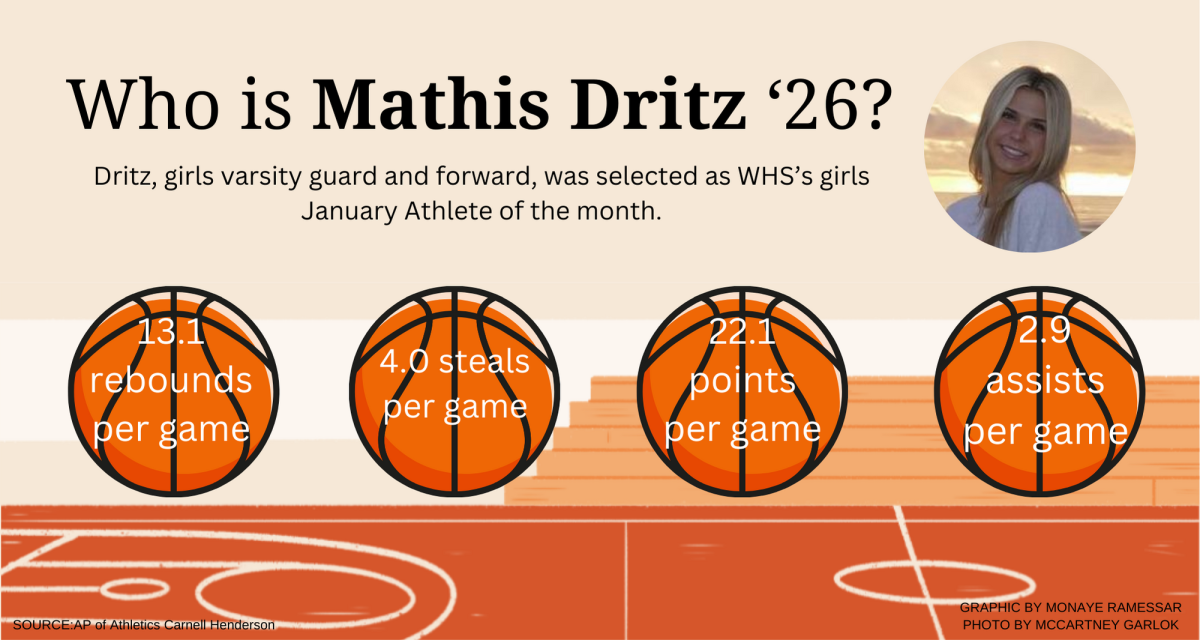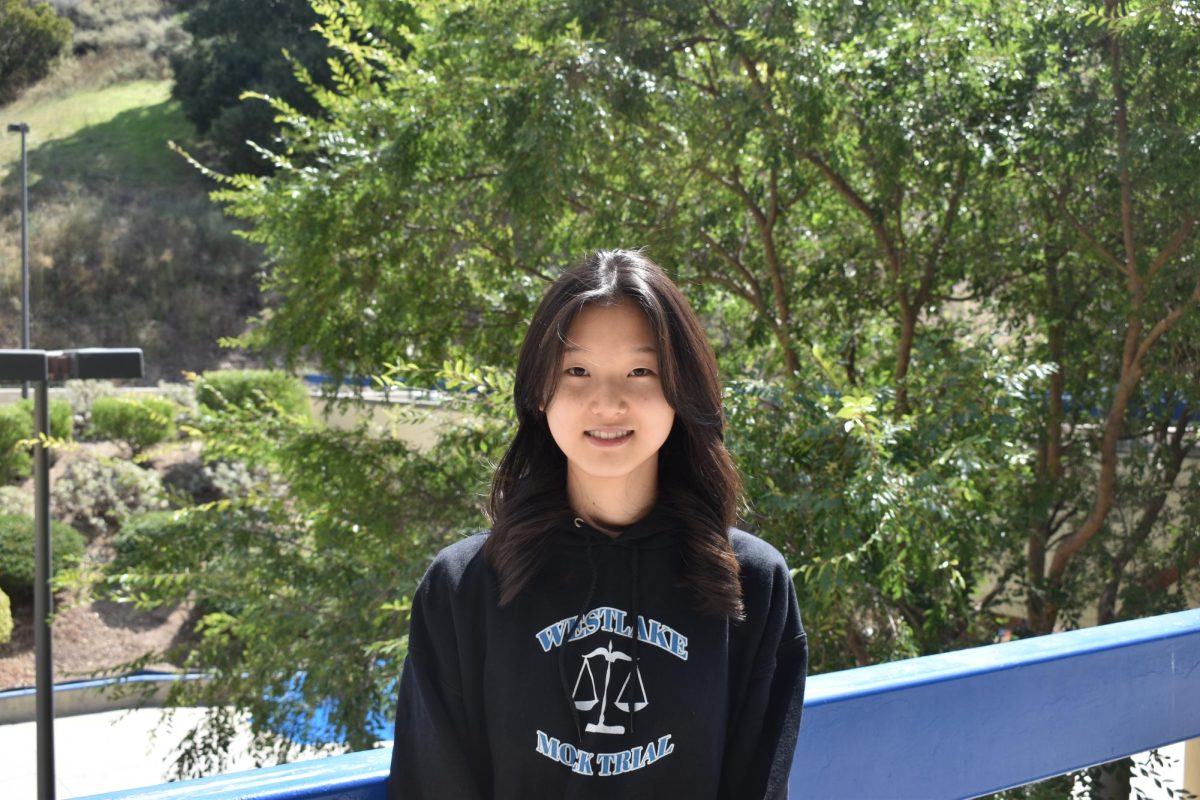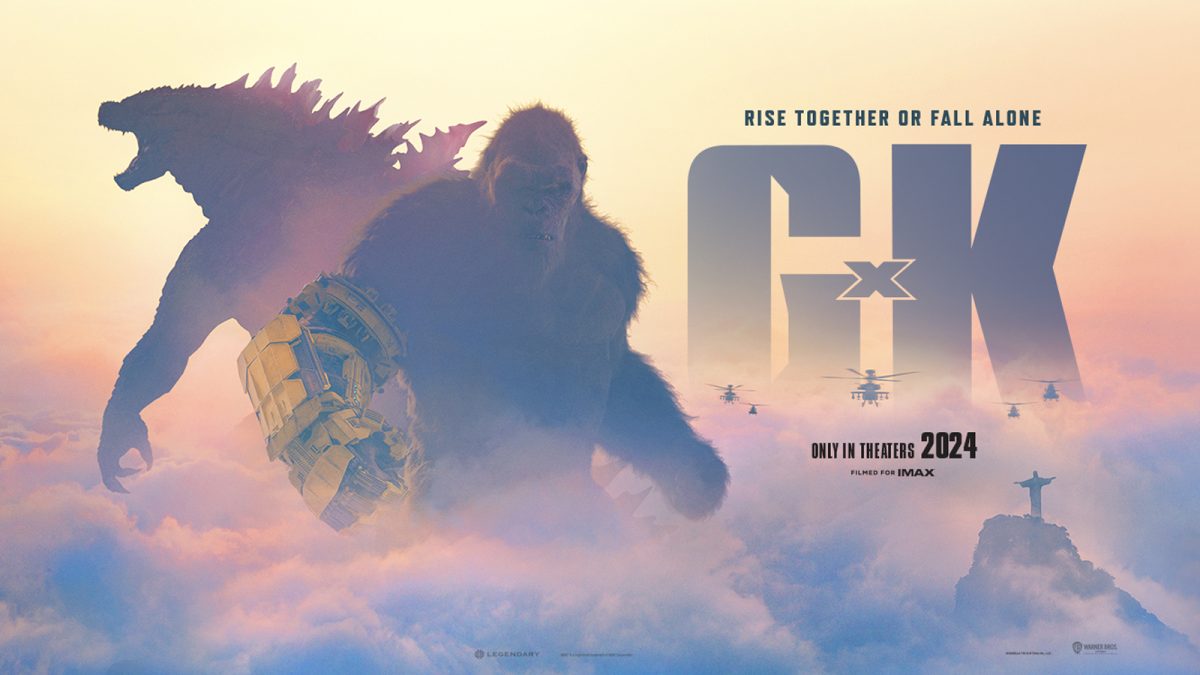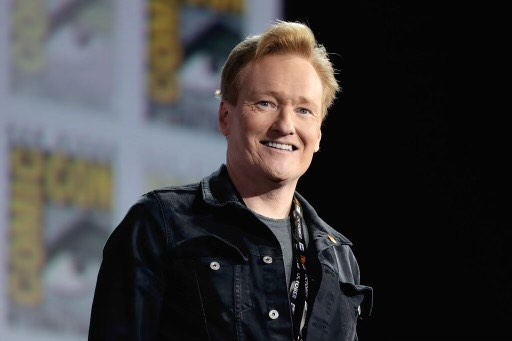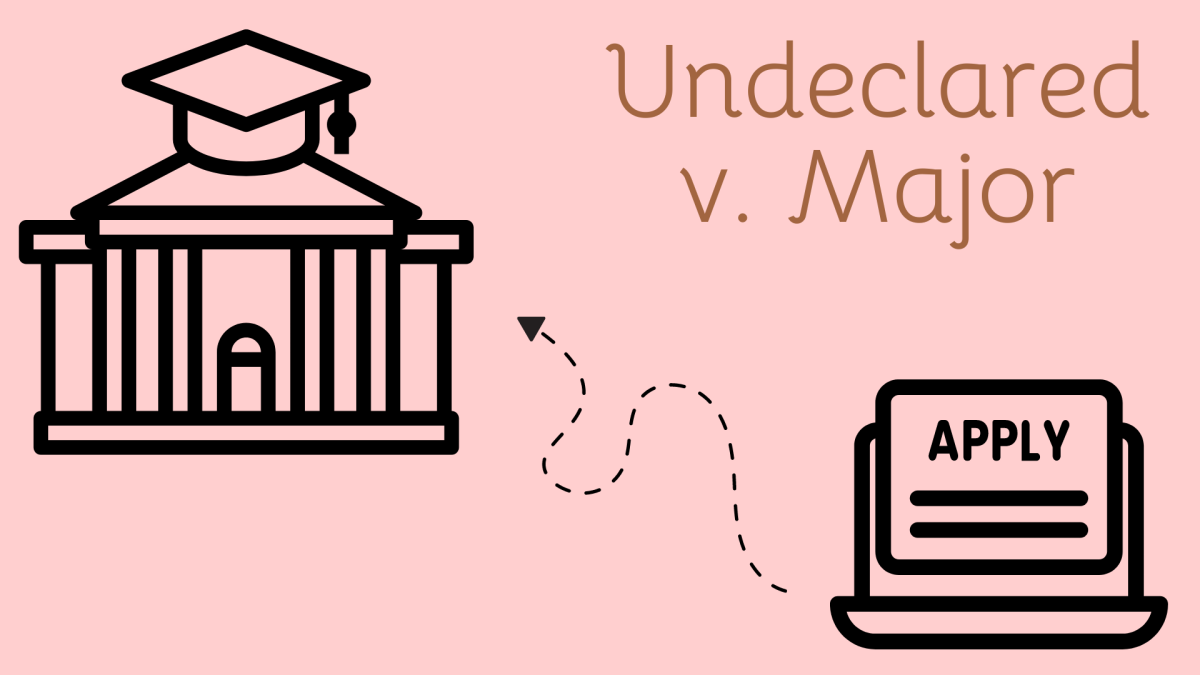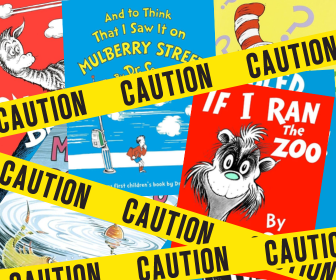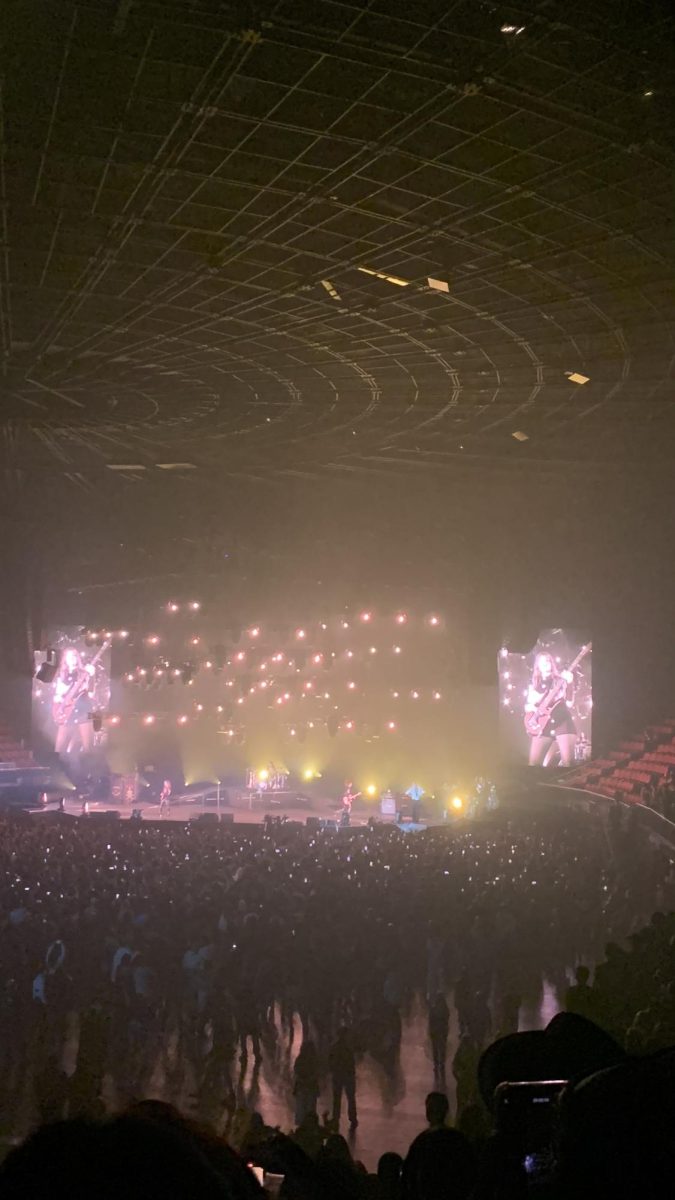Robots have been making, by human standards, decently coherent music for a while now. Researchers at Sony’s Computer Science Laboratory in Paris made waves last September with their software, Flow Machines. Flow Machines aimed to “research and develop Artificial Intelligence systems able to generate music autonomously or in collaboration with human artists,” according to the Flow Machines website.
It analyzed a database to synthesize new, original music from originally existing tracks; examples include pieces such as “Daddy’s Car,” which attempts to emulate the Beatles (listen here: https://www.youtube.com/watch?v=LSHZ_b05W7o). Another example is “Mr. Shadow,” which tries to mimic American songwriters from the 40s such as Irving Berlin and Duke Ellington (listen here: https://www.youtube.com/watch?v=lcGYEXJqun8).
However, French composer Benoît Carré “arranged and produced the [two] songs and … wrote the lyrics,” according to the Flow Machines website. As music webzine spin.com noted, “‘the world’s first songs composed by artificial intelligence’ are neither first nor entirely artificial.”
Furthermore, a website called jukedeck.com uses AI to create royalty–free music. Their team is “training deep neural networks to understand music composition at a granular level,” according to its website.
“Jukedeck users don’t even need musical talent,” reporter Josh Constine from techcrunch.com wrote. “They just select the mood, style, tempo and length, and Jukedeck returns a unique song to match their short film, YouTube series or six–second Vine.”
A new project from Zack Zukowski and CJ Carr improves upon the concept of machine–made music in their project Dadabots. They use a SampleRNN to “generate music in modern genres such as black metal and math rock,” according to their thesis, “Generating Black Metal and Math Rock: Beyond Bach, Beethoven and Beatles.” SampleRNN is code created by Deepsound, a separate project from two master’s degree students, Piotr Kozakowski and Bartosz Michalak, who aimed to write code that could generate music using machine–based neural networks that model the human brain and deep–learning methods.
“We provide a script for creating datasets from YouTube single–video mixes,” wrote Kozakowski and Michalak. “It downloads a mix, converts it to wav and splits it into equal–length chunks.”
In Dadabots, Zukowski and Carr use “modified SampleRNN architecture to generate music,” allowing the project to explore non–traditional genres and do it with less human input.
“SampleRNN generates raw audio in the time domain,” wrote Zukowski and Carr in their thesis. “The majority of deep learning papers on generative music focus on symbolic–domain generation [which generates music by using a framework to layer domains such as the base temporal (time) model, instrumententals and groups of chords, arpeggios and melodies]. Few have explored recent advances in neural synthesis [the system that Dadabots uses to synthesize without symbolic domains]. “
“Most style–specific generative music experiments have explored artists commonly found in harmony textbooks such as the Beatles, Bach and Beethoven,” Zukowski and Carr continued. “Few have looked at generating modern genre outliers such as black metal.”
Because of this approach, Dadabots is able to make music based on artists such as black metal band, Krallice. It created an album, “Coditany of Timeness,” based on Krallice’s album “Diotima.” The titles of the album and songs were generated by a Markov chain, a model that describes a sequence of possible events based on previous ones. The album cover was created by a neural style transfer, which can transfer the style of certain pieces of art onto another generated picture.
“The style is characterized by its ultra long progressive sections, textural rhythms, deep screams and melodic weaving over a grid of steady, aggressive rhythmic attacks,” wrote Zukowski and Carr. “These extreme characteristics make it an outlier in human music … The LSTMs [building blocks of memory for neural networks] were successful in training and sounded like Krallice.”
Although the recreation was imperfect, Zukowski and Carr note that its imperfections hold certain advantages too.
“While we set out to achieve a realistic recreation of the original data, we were delighted by the aesthetic merit of its imperfections,” wrote Zukowski and Carr. “Solo vocalists become a lush choir of ghostly voices, rock bands become crunchy cubist–jazz and cross–breeds of multiple recordings become a surrealist chimera of sound.”
